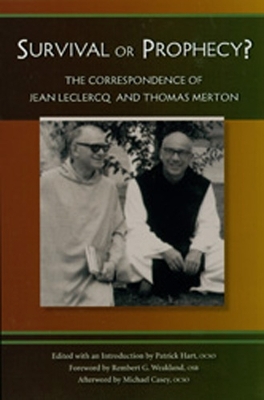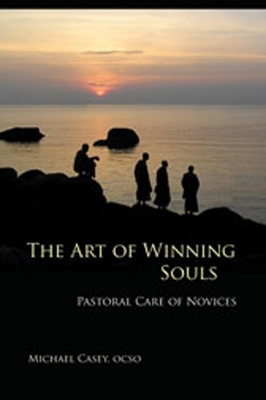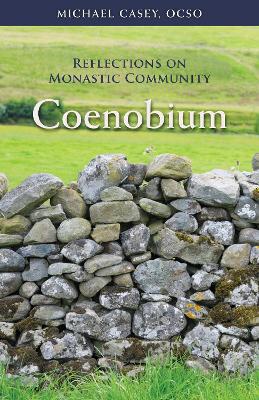Monastic Wisdom
2 primary works • 3 total works
Book 17
Survival Or Prophecy?
by Patrick Hart, OCSO, Rembert Weakland, OSB, and Michael Casey, OCSO
The twenty-year correspondence between Jean Leclercq, a French Benedictine monk and scholar, and Thomas Merton, an American Cistercian monk, provides a fascinating record of their common yearnings. What is a monk?" is the question at the center of their exchange, and they answer it with great aplomb, touching on the role of ancient texts and modern conveniences, the advantage of hermit life and community life, the fierce Catholicism of the monastic past and a new openness to the approaches of other traditions. These letters 'full of learning, human insight, and self-deprecating humor 'capture the excitement of the Catholic Church in the era of the Second Vatican Council.
Book 35
In his chapter on the procedure for the reception of new brothers, Saint Benedict makes provision for entrusting them to the care of "a senior who is skilled in winning souls who will diligently pay attention to them in everything" (58.6). In The Art of Winning Souls: Pastoral Care of Novices, Michael Casey, OCSO, reflects on what this means today, based on his own experience and observation of the fruitful ministry of others.
Here Casey focuses on the pastoral care given in the name of a monastic community to those who enter it, from initial contact up to the point where their vocation has recognizably stabilized. His reflections are not intended to be prescriptive. They are, rather, descriptive of what he considers to be best practice, as he has encountered this in his experience of many different expressions of the monastic and Benedictine charism. This book promises to serve as an indispensable resource for vocation directors, novice directors, and junior directors for years to come.
After sixty years of living in a Cistercian community, Michael Casey combines his down-to-earth observations about the joys and challenges of living in community with an appreciation of the deeper meanings of cenobitic life, taking into account the changes in both theory and practice that have occurred in his lifetime. He invites his readers, especially monks and nuns, to reflect on their own experiences of community as a means of seeing a path forward into the future.
Many of the key components of monastic community have kept the same names for more than a millennium. In an age of paradigm shift, Michael Casey invites readers to examine these essential practices of community life and to ask how they might be envisioned in a way that speaks to our contemporaries.


